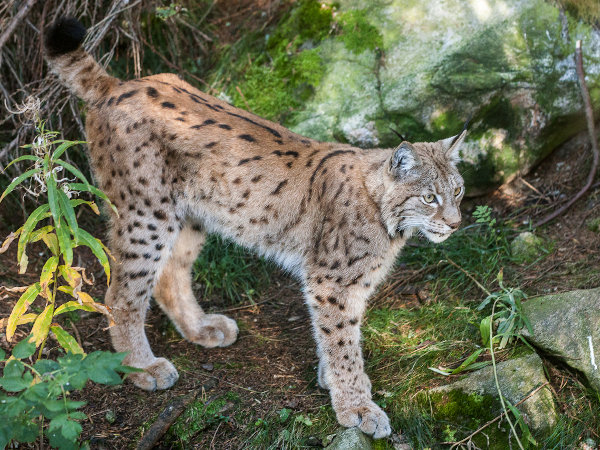Example for a Case Study: Lynx Management
The Eurasian lynx (Lynx lynx) is a medium sized animal of the cat family and about 350 live in the Bavaria/Šumava National Parks. Šumava National Park continues from the Bavarian National Park but is in the Czech Republic. The lynx’s range used to span across Europe but by the middle of the 19th century, it became regionally extinct. Recently, reintroduction programs from lynx conservation groups and other NGOs have brought the lynx to protected parks in Europe such as Bavaria and Šumava National Parks.
The lynx are a protected species and their killing is illegal with the penalty of 5000 € and/or a jail term. Lynx killings nowadays are rare but have been on the increase, not because it’s a financial resource (i.e. fur) but due to local conflicts it creates. The lynx’s primary prey is the roe deer (Capreolus capreolus) and as a result, it has become a problem for locals such as hunters and farmers. Local hunters are facing competition because they mostly hunt for roe and red deer and so they blame the perceived high lynx population for the decrease of their game. Farmer’s livestock have been found with lynx-kill indications and farmers have obvious agitation against the lynx. These livestock kills are not common, however. In large private and state forests, forest managers incorporate hunting of roe deer and red deer to minimize browsing damage on regenerating trees such as silver fir. The lynx actually assists with the forest regeneration by preying on the deer, and since this benefits them, these forest owners have less of a conflict with the lynx.
